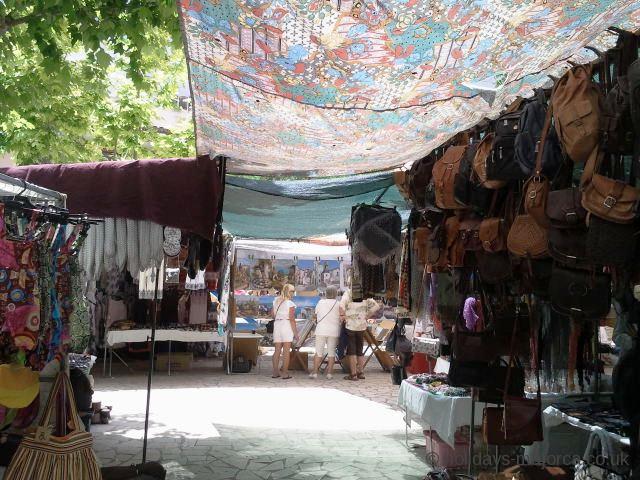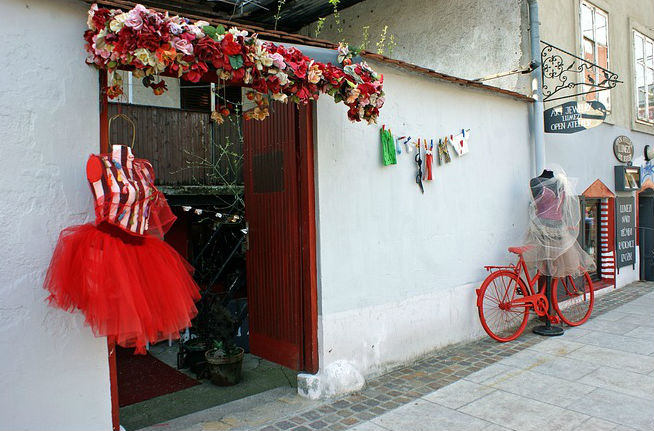Many holidaymakers are familiar with Mallorca’s tourist resorts. The beautiful Balearic Island’s prime location in the Mediterranean, and the untamed beauty of the Tramuntana mountain range have always provided popular appeal. A lesser-known aspect of the island is the rich tradition of arts and handicrafts produced there, with master craftsmen using age-old methods to produce artisan products that are unique to Mallorca.
Leather in the Mediterranean

It has been more than 1,000 years since Muslim settlers to Mallorca introduced the processes used for making leather products. Although technology and modern methods have continuously evolved, it is pleasantly surprising how much of these processes are still carried out using traditional techniques.
The leather industry in Mallorca centers in and around the town of Inca. As well as being home to many manufacturers, there is also a regular leather market every Thursday. The market can provide a great opportunity to explore the available products and grab a bargain. For the most complete range available, you can visit some of the factory showrooms located on the main road.
Just a few kilometers from Inca, you will find the workroom of Tony Mora. The boots they manufacture here showcase some of the best quality materials available, all produced by hand. The traditional methods they use allows them to constantly create new styles and designs and, if you can’t find something you like in their showroom, you can request a pair to your own design, giving you a truly unique item of footwear.
The home of Pearls
It was a German engineer, Eduard Hugo Heusch, who first perfected the processes still in use today. He opened Majorica Pearls in the city of Manacor, manufacturing pearls using what is regarded by many as the breakthrough for providing reasonably priced pearls.
The technique he perfected starts with a small glass ball that is chosen to reflect the desired size and weight of the end product. This is then subjected to at least 40 coats of a special solution. Amongst other things the solution contains fish scales and mussel sand. The pearl has to be dried between each application, and is subjected to a rigorous and painstaking quality control procedure.
After the patent ran out in the mid 20th Century, other manufacturers started to appear on the island. Some disappeared rather quickly, but some new big names emerged, meaning the island is now home to three pearl manufacturers. All of these manufacturers have their own showrooms and factories where you can visit and see the processes first hand.
Artist’s heaven

While on the island we discovered many other smaller treasures. The island is home to many artists of all different styles, its beauty having attracted poets and painters for centuries. There are also lots of artist-run shops full of weird and wonderful items. I lost count of the number of small boutiques we visited who design and make their own clothing ranges, jewelery, and even footwear.
Many of these are located in the more tourist-orientated towns and areas located in or by the north west of the island. Being fairly central to this part of the island, the Samos Hotel was a good base to explore the surrounding towns. Soller and its port are only a short trip away, as are Valldemossa, Andratx, and the capital of Palma. Spending lazy days in the resort, or on the nearby beach also provided the perfect antidote to all the exploring.
A touch of class in glass

The Mallorcan tradition of glass blowing has developed greatly over the centuries, with both the Moors and the Romans further refining the processes used. At the present time there are three main workshops producing traditionally blown glass items. The oldest of these is the Gordiola factory started in 1719 (near to Algaida). Then at a later date they were joined by La Fiore in Valldemossa, and Menestralia in Campanet. All products are made by hand and finished to the highest standards. You can visit any of their brightly colored showrooms at the factories, and whilst you’re there you can also see the glass blowing first hand.
Contributed by Katie
photo credit: backroads, virtualtourists, mallorcaphotoblog
